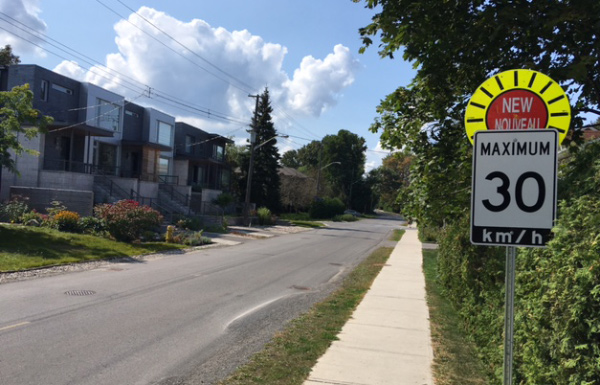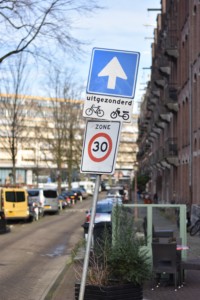Developments / Infrastructure / Innovative / Technology
Vehicle Intelligent Speed Assistance will bring change to road signs in the coming years
The time has come: As of July 2022, Intelligent Speed Assistance (ISA) will be mandatory in all new car models in Europe. ISA is an automatic speed assistant that prevents drivers from exceeding the speed limit, either through physical resistance in the accelerator pedal, a reduction of engine power, or a vibration or audible warning. As a result, ISA contributes to safe traffic speeds, but also reduces noise and air pollution.
ISA works with camera recognition that registers the posted speed limits. However, the current quality of speed signs mean these ISA cameras will not work properly, putting the successful introduction of ISA at risk. Therefore, plenty of work still needs to be done to achieve the required quality of signage, but with just a year to go, time is running out.

 ISA and Signage
ISA and Signage
In order for ISA to function, properly digitally registered speed signs are needed that are visible, legible, logical, and consistent. Analysis of road signs in the Netherlands shows that 86% of the country’s signage does not meet these conditions. For example, it is often of insufficient quality, either with panels that are either crooked, worn, or dirty. As a result, they are no longer readable by the ISA cameras.
In addition to the quality, the consistency and logic of the signage are of great importance. For example, if the maximum speed is too low in relation to the built-up area, the speed will feel too slow for the motorist. The intervention of ISA will be misunderstood and result in less acceptance of the ISA system.
Finally, ISA is fundamentally a data-driven system. Good digital registration is therefore increasingly important. For ISA to continue to work for journeys that cross national borders, it will require an international standardized database in which all signs will be stored.
The Task for Road Authorities
Road authorities have a task to contribute to the proper functioning of ISA, namely making their speed regimes and sign database suitable for ISA. In many cases, it will be necessary to adapt and/or replace speed signs. The existing and changed speed limit signs must also be placed in a database from which ISA can draw. Road authorities that value improving road safety and reducing noise and air pollution must therefore ensure that their speed signs and their registration are ready for ISA by July 2022.
What Road Authorities Can Already Do
There are several steps road authorities can already take to prepare their signage for the arrival of ISA. First, they can create an inventory of their traffic signs and improve their quality. In the Netherlands, HR Group has developed an algorithm for identifying traffic signs from photos as well as a platform on which these signs can be viewed and accessed. Road authorities can also check the consistency and integrity of speed regimes so that ISA is more accepted by the user.
If you would you like more information about what you can do to prepare your signage for ISA, contact Mobility Advisor Eelco Bos.


 ">
">